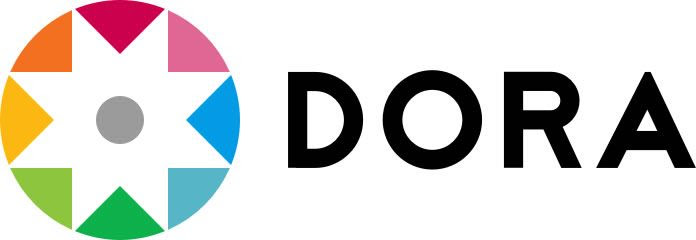Association between increased abdominal circumference and secondary dyslipidemia or insulin resistance in obese adolescents
Abstract
Objective: To determine the association between increased abdominal circumference and secondary dyslipidemia or insulin resistance in obese adolescents treated at the National Institute of Child Health (INSN). Method: Analytical, cross-sectional and retrospective study. Anthropometric data are expressed in standard deviations (SD) and biochemical data according to reference ranges. To demonstrate an association between increased abdominal circumference (AC) and secondary dyslipidemia or insulin resistance, the Pearson Chi 2 test was used, with a significance level of less than 0.05. To assess the correlation between the CA and CA/height indicators with the various parameters, a multiple regression model was performed (p<0.05). Results: 181 cases (52.5% males) were admitted; average of 12.1 years; 22.1% prepubertal and 77.9% pubertal. The mean SD-BMI was 2.7 (2.0 - 4.9) and 25.9% had severe obesity. AC was increased by 89.5%. AC was more associated with dyslipidemia than BMI (p = 0.05) but less than the AC/height indicator (p = 0.02). The indicators CA and CA/height showed a positive correlation with high levels of insulin and HOMA-IR (p<0.05); while estimated values of coefficients under multiple regression model, showed significance with insulin, HOMA-IR and TGP; and, significant prediction for basal glycemia in prepubertal children (p<0.05). Conclusions: Abdominal obesity was predominant, more than half had dyslipidemia, there was no statistically significant association between WC and dyslipidemia, but there was between WC and WC/height with high levels of basal glycemia, insulin, HOMA-IR and TGP.












1.png)

.png)




